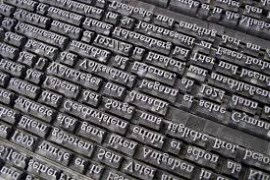Collections | Livre | Chapitre
An overview of Bohr's complementarity
pp. 11-37
Résumé
As sketched in the previous chapter, Niels Bohr's engagement in the development of quantum theory, especially in its crucial phase around the mid-1920s, proceeded with a critical examination of basic concepts such as continuity/discontinuity, space-time and causality, which underlie not only atomic physics, but the modern-scientific view of nature in general. This led to his introduction in 1927 of the idea of complementarity as an interpretation of quantum theory, newly established as quantum mechanics. While closely linked with Heisenberg's uncertainty relations, Bohr's complementarity is marked by its own distinctive philosophical notions and implications. Here and throughout this study (as noted in the Introduction), I use the term "complementarity" to refer not only to Bohr's concept of complementarity, but – following his own and many commentators' usage – also to his overall philosophical thought revolving around this concept.
Détails de la publication
Publié dans:
Katsumori Makoto (2011) Niels Bohr's complementarity: its structure, history, and intersections with hermeneutics and deconstruction. Dordrecht, Springer.
Pages: 11-37
DOI: 10.1007/978-94-007-1748-0_2
Citation complète:
Katsumori Makoto, 2011, An overview of Bohr's complementarity. In M. Katsumori Niels Bohr's complementarity (11-37). Dordrecht, Springer.










